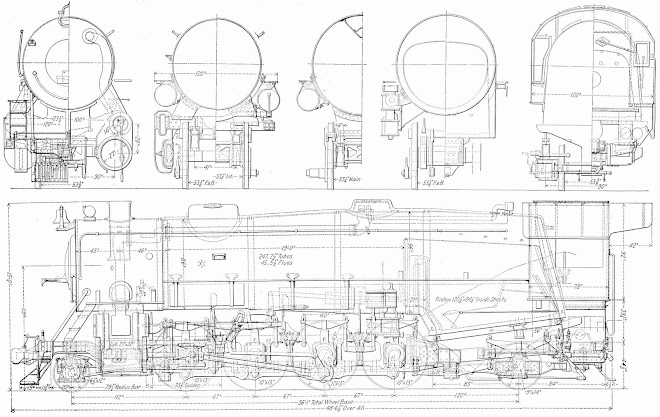7/24/2014 Tender Truck Wheels Subject to Revisions
First Attempts To Make Tender Truck Wheels
Since I had good luck making leading and trailing truck wheels for the locomotive, I attempted to use a similar approach. The tender wheels have deep indents on both sides, so at first they were placed with the inside up along with tender axles laying down horizontally. I lay the axles down since they were much longer than any of the locomotive axles and they would likely not print well due their complex geometry and length. As expected however, the axles did not print well horizontally either, turning out oval shaped. This approach also revealed that the tender wheels had way too much white ABS support material which was very strongly adhered to the wheel. This was judged to be so excessive that the wheel complex inside shape would likely be damaged, so those were not used.
The next approach was to print the wheels outside down as that surface was simpler and had much less indentation. On the same print a pair to axles halves were printed. The halves were designed to join at the center with one side having a short shaft section and the other a matching hole so they would form the longer axle for the tender trucks. Details of the axle processing will be presented in a separate blog post.
The wheel again had a very large amount of white ABS support material. This was due to the fact that my 3D #1 extruder outlet hole had enlarged a lot and was emitting material at about 4-5 diameters of the #2 extruder in which the black ABS for the parts was being emitted. As a result, the selected white support material was way too much and adhered so firmly that the Sherline lathe would be needed to trim it off. This was done on one wheel which took way too long and because it was being done on the inside of the wheel with the complex shape, presented many problems following the true outline of t he wheel. This was not desirable either. Consequently, another run of wheels only with no support material tried with very bad printing results. The unsupported center bunched up the black ABS and pulled the wheels loose from the printer bed and wound up with black strings all over the place and no good wheels.
The next attempt was to change the support call-out on the Axon 2 conversion software to use the same Black ABS as for the wheel. Those printed very well and the black support was small enough to be removed manually for the most part. Since a turning tool was made for the wheel they will be touched up on the lathe to smooth out any bumps and true up the wheel a bit. The wheel inner diameter is too small also, so the lathe boring tool will be used to enlarge the bore a bit so the wheels will press fit on the proper location of the axles. The lathe will also be used to true up and smooth the axles a bit.












